What Is Caisson Foundation?
Important Point
Caisson is a watertight structure that is generally made up of timber, steel, and reinforced cement concrete (R.C.C) and constructed in connection with the excavation for the foundation of piers, bridges, and dock structures etc.
Basically, the word Caisson means a box-type structure. It is a large diameter foundation which is generally adopted in the underwater Construction.
It is a Prismatic Hollow box for the cylinder which is constructed on the ground and then sunk into the ground at the desired depth and filled with the concrete to form a foundation for the Structure.
Construction of Caisson is a type of well foundation. Caisson foundation is used for the Construction of a Deep foundation.
Caisson Foundation is widely used in the construction of piers of the bridges and the foundations of structures which are constructed in the rivers or water bodies.
The main functions of caissons are soil or water retention and transfer of vertical and horizontal loads into the subsoil strata.
Caisson Foundation
Caisson foundations, also known as pier foundations, are prefabricated hollow substructures designed to be constructed on or near the surface of the ground, sunk to the desired depth and then filled with concrete, thus ultimately becoming an integral part of the permanent structure.
Also, read: What Is Dampness | Requirements of an Ideal Material for Damp-Proofing | Materials Used for Damp-Proofing
Advantages of Caissons Foundation
- Excavation and the process of concreting can be done in dry conditions.
- Caissons are good in the lateral as well as axial loading capacity.
- Caisson is highly adaptable in different site conditions.
- Caissons are economical as compared to traditional foundation.
- Caisson can be inserted at any place.
- It is strong enough to withstand the moments and loads applied to the structure.
- Caisson does not require pile caps, because it is filled with concrete.
- Caissons have a large cross-sectional area which helps to resist the scouring effect.
- Caissons can be extended up to the large depths in the ground.
Also, Read: Parts of House Construction
Disadvantages of Caisson Foundation
- The Inspection and cleaning at the bottom of the Caisson are difficult.
- There is a lack of skilled workers which are required for the construction of the Caisson Foundation.
- Caissons can not be construed in the contaminated sites.
- Caissons are required to be constructed under the supervision of the Experts.
- There may be a risk to the workers to get affected by the caisson diseases. So the proper health control is essential.
- The limit for the depth of the penetration of the Caisson is up to 35 m.
Also, read: Requirements of Good DPC | Prevention of Dampness: Use of DPC | Methods of Damp proofing
Application of Caisson Foundation in Civil Engineering
- It is used in the construction of piers of the bridges in the water bodies.
- Caisson is also used in the construction of large and Multi-Floor Buildings.
- Caissons provide a platform for the installation of machineries and pumps below the ground level.
- Pneumatic Caissons are used in the construction of railway bridges.
- Caissons are also used to provide access to the shaft and tunnels.
Types of Caisson Foundation
The Shape and the size of the Caisson is depended upon the structure for which it is constructed. Caissons are classified mainly into three types.
- Open Caisson.
- Box Caisson.
- Pneumatic Caisson.
1. Open Caisson
Open Caisson is a box-type hollow structure which is generally open at both top and bottom side. Open Caisson is suitable for the sandy soils and the soil having soft strata where a solid or firm stratum is not available.
Open Caisson is constructed in reinforced cement concrete (R.C.C) and the middle portion filled with sand or gravel and the lower portion is filled with the concrete which acts as a concrete plug.
The Construction of the Open caisson is generally preferred in the dry condition or dewatered area.
If it is not possible on the site to construct the Caisson in the dry conditions then it is constructed in the barges or slipways.
According to the shape of the Open Caisson are classified as
- Single Wall Open Caisson
- Cylindrical Open Caisson
- Open Caissons with Dredging Wells.
2. Box Caisson
The Box Caisson is the same as the open Caisson. The only difference between open and box Caisson is that box Caisson has its bottom side closed.
It is made up of timber, steel, and reinforced cement concrete ( R.C.C). Box type of Caisson foundation is generally used where the bearing stratum of the soil is available at the shallow depth.
3. Pneumatic Caisson
Pneumatic Caisson is open at the bottom side and closes at the top side. Pneumatic caisson is specially used at the place where it is not possible to construct well.
It is suitable where the depth of water is more than 12 m. In the construction process of the pneumatic Caisson, the compressed air is used to remove water from the working chamber and the foundation work is carried out in the dry condition.
The process of the Construction of the pneumatic Caisson is the same as the open Caisson. The Quality Control in the Pneumatic Caisson is good because the work is done in the dry conditions. Pneumatic Caissons are more expensive as compared to the Open Caisson.
Construction Method of Caisson Foundation
There are various methods by which Caissons are installed into the ground.
Prefabrication of Caisson
- Firstly, the caissons are generally prefabricated near the Construction site or at any other suitable location.
- After prefabrication of the Caissons, they are tested for water tightness.
- In the tests, the Caissons are check for any leakages and, if found they are repaired immediately.
Also, read: Piling for Foundation | Use of Pile Foundation | Characteristics of Pile Foundation
Transportation of the Caisson
- Then the Caissons are transported to the required location.
- The transportation of the Caisson should be done by following all precautionary measures.
Positioning and Immersion of Caissons
- It is very important that Caisson should be properly positioned at the desired place.
- The final positioning of a caisson is achieved with the help of tug boats or with cables from floating equipment and anchors or dead-man beds.
- When the caisson is ready, the soil is dug from the work chamber which causes the caisson to subside into the ground.
- Traditionally the excavation is done by the hand but nowadays sand pumps and other machinery are used for the excavation.
- The excavated soil is removed with the help of a hydraulic transport system.
- The Caisson is subsided under its own weight.
- When the caisson has reached the desired depth, then the work chamber is completely filled with Concrete. This prevents further sinking of the Caisson.
Ballasting
- After the immersion of the Caisson, they are ballasted.
- The main function of the dump of rubble at the side of the caisson is to prevent it to slide away and helps to maintain maximum stability.
What Is Concrete Caisson Foundation?
Concrete caisson foundations, also known as concrete pier foundations, are prefabricated hollow substructures designed to be constructed on or near the surface of the ground, sunk to the desired depth and then filled with concrete, thus ultimately becoming an integral part of the permanent structure.
Caisson Footing
A caisson foundation also called as pier foundation is a watertight retaining structure used as a bridge pier, in the construction of a concrete dam, or for the repair of ships.
Caisson Foundation
Caisson foundations is a form of deep foundation that is built above ground level, then submerged to the required level by excavating or dredging material within the caisson; Caisson (sometimes called “piers”) are made by auguring a deep hole in the ground then filled with concrete, it is also known as pier foundation.
Caisson Construction
In geotechnical engineering, a caisson is a watertight retaining structure used, for example, to work on the foundations of a bridge pier, for the construction of a concrete dam, or for the repair.
Caisson Construction Method
It is a form of deep foundation which are constructed above ground level, then sunk to the required level by excavating or dredging material from within the caisson. Caissons (also sometimes called “piers”) are created by auguring a deep hole into the ground, and then filling it with concrete.
Caisson Structure
A caisson is a box-like structure commonly used in civil engineering projects where work is being carried out in areas submerged in water. Such projects might include: Bridge piers. Abutments in lakes and rivers.
Steel Caissons
A steel caisson is a large diameter steel pipe that is a watertight chamber used in underground consttuction to hold back water and soil. Typically it is filled with rebar and concrete. Arntzen Corporation produces quality large diameter caissons for drilling foundation contractors.
How Does a Caisson Work?
Workers, called sandhogs, move mud and rock debris (called muck) from the edge of the workspace to a water-filled pit, connected by a tube (called the muck tube) to the surface. When the caisson hits bedrock, the sandhogs exit through the airlock and fill the box with concrete, forming a solid foundation pier.
Caisson Foundation Vs. Other Deep Foundation Methods
Caissons are sturdy, watertight structures made of wood, steel, or reinforced concrete. They are built above ground level and then sunk into the ground. A pile foundation is a deep foundation that uses vertical timber, concrete, or steel to support loads at a low level.
Pros and Cons of Using Caisson Foundations
Advantages & Disadvantages of Caisson Foundation
- Caissons are economic.
- It is environment-friendly.
- It is easily adaptable to varying underwater soil conditions.
- Caisson has high horizontal and lateral loading capacity.
- Minimum handling equipment is required for placement of reinforcement cage.
Types of Caisson Foundations for High-Rise Buildings
To install a caisson in place, it is brought down through soft mud until a suitable foundation material is encountered. While bedrock is preferred, a stable, hard mud is sometimes used when bedrock is too deep. The four main types of caisson are box caisson, open caisson, pneumatic caisson and monolithic caisson.
Advantages of Using Caisson Foundations in Construction
There are slightly less sound pollution and reduced vibration. It is easily adaptable to varying underwater soil conditions. Caisson has high horizontal and lateral loading capacity. Minimum handling equipment is required for placement of reinforcement cage.
Advantages of Caisson Foundations Vs. Traditional Foundations
Caissons provide the support necessary to distribute weight evenly and prevent any settling that might occur due to soil fluctuations. They are sturdier than traditional foundation pads and provide greater strength for both axial and lateral loads.
Caissons Construction
What is Caisson Construction? Caisson construction is a foundation used in deep water or soft soil. It involves a series of large, watertight cylinders that are sunk into the ground and filled with concrete. The base provides a stable foundation for structures built on top of it.
What Is a Caisson in Construction?
Caisson construction is a foundation used in deep water or soft soil. It involves a series of large, watertight cylinders that are sunk into the ground and filled with concrete. The base provides a stable foundation for structures built on top of it. Bridges, docks, and large structures often use caisson construction.
What Are the Types of Caissons That Can Be Used as a Foundation?
There are several types of caisson foundation.
- Box Caissons.
- Excavated Caissons.
- Floating Caissons.
- Open Caissons.
- Pneumatic Caissons.
- Compressed Air Caissons.
- Monolithic Caissons.
What Is the Purpose of a Caisson?
In geotechnical engineering, a caisson (/ˈkeɪsən/ or /ˈkeɪsɒn/; borrowed from French caisson, from Italian cassone, meaning large box, an augmentative of cassa) is a watertight retaining structure used, for example, to work on the foundations of a bridge pier, for the construction of a concrete dam, or for the repair …
Piles and Caissons Are Examples of What Kind of Foundations?
Deep foundation types
- Pile foundations. A pile foundation consists of a long cylinder created from concrete or another type of strong material. …
- Drilled shafts. Drilled shafts, sometimes referred to as caissons, are deep foundations that work similarly to pile foundations but offer a higher level of load capacity.
Caisson Sinking Method
The caisson sinking method is one way to construct underground concrete structures, such as bridge piers, intake structures, pump houses and dumper pits, in soils with a high water table. In this method, a caisson is constructed on the unexcavated site, with the caisson comprising only the walls of the final structure.
Installing Caissons
In Caisson installation, the wet well base is placed at or just below grade, and the hole is excavated through the wet well itself. As soil and earth is removed through the open wet well, the structure sinks into the ground, often with additional ballast and/or lubrication.
Caisson Foundation Cost
Grade beam and caisson foundation repair is expensive. The caissons themselves are a good $10,000 each. If you have 3 caissons, put in, that’s a minimum of 30k.
Like this post? Share it with your friends!
Suggested Read –
- Pile Vs Caisson
- Types of Tunnels
- Abutments Construction
- West Point Bridge Designer
- Construction Process of a Building
- Introduction of Gantry Girder | Load on Gantry Gutter | Type of Load on Gantry Gutter
- What Is Self Compact Concrete | What Is U Box Text | Equipment U-Box Text | Procedure U-Box Text
- Plaster Calculator | How to Work Plaster Calculator | What Is Plaster Calculation | How to Plaster Calculation for Wall
- What Is Diversion of Headworks (Rivers) | Types of Diversion Headworks | Component Parts of Diversion Headworks (Rivers)
Originally posted 2023-07-24 12:42:35.

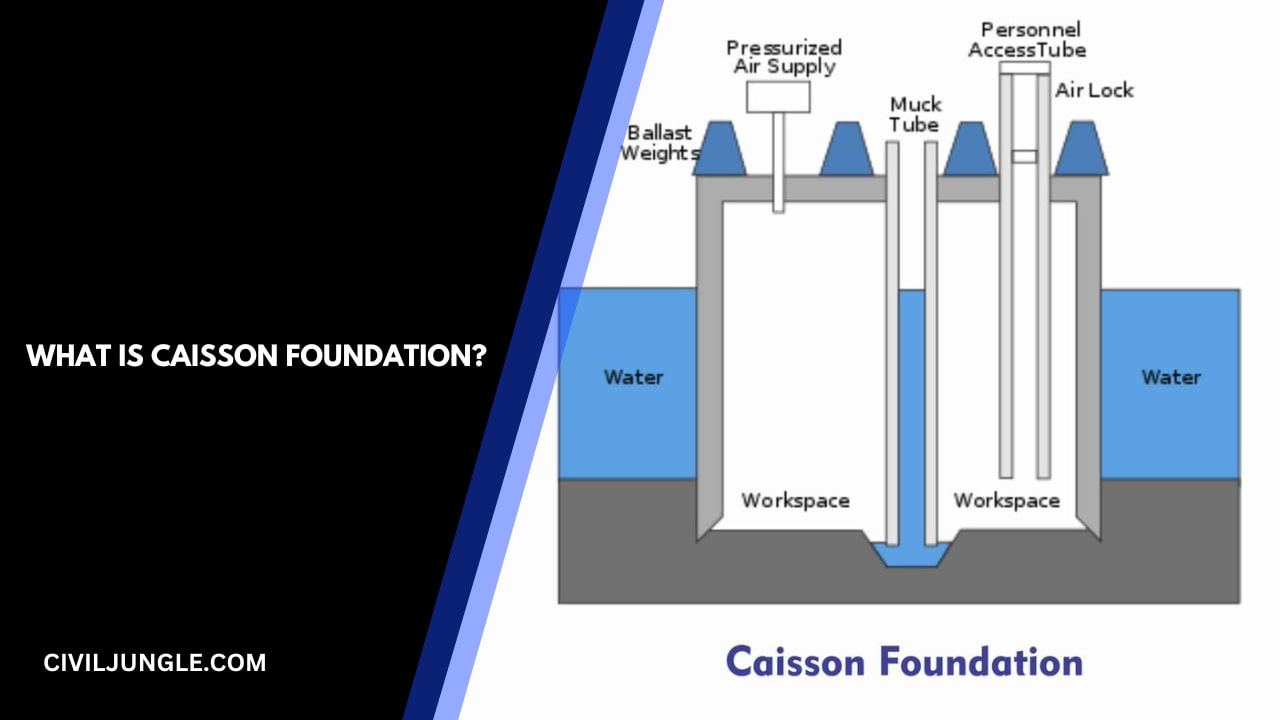
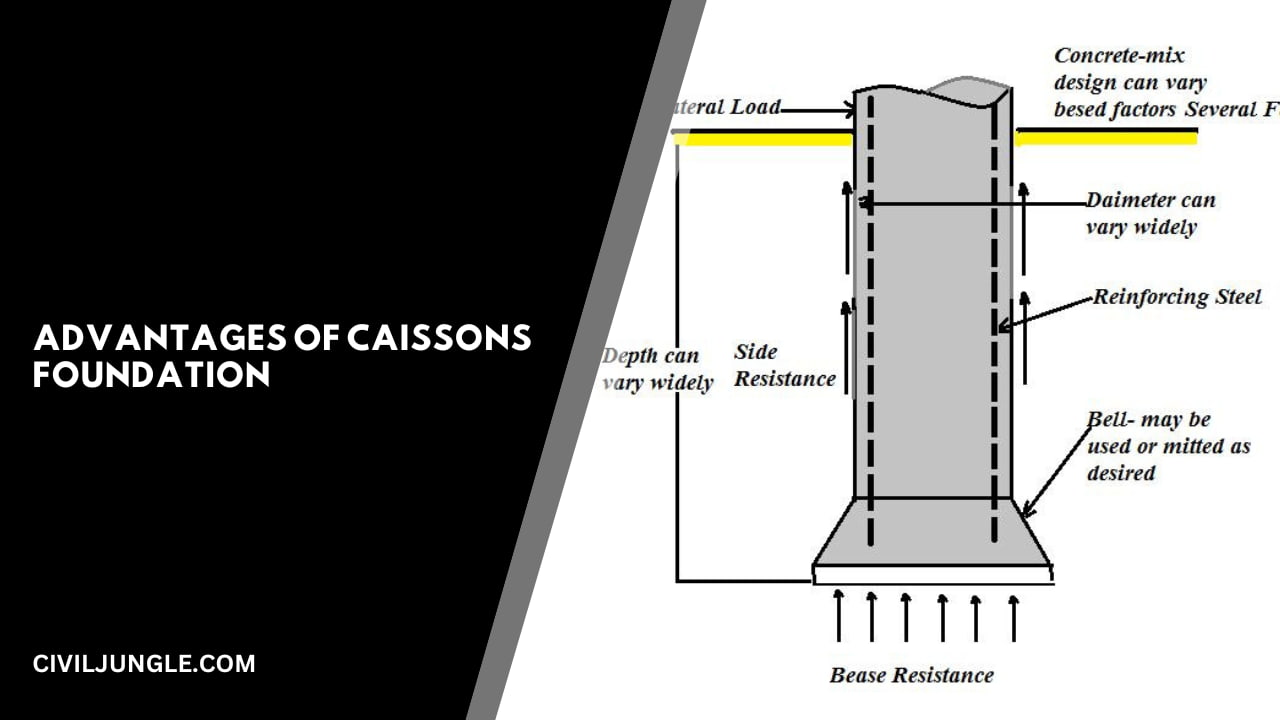
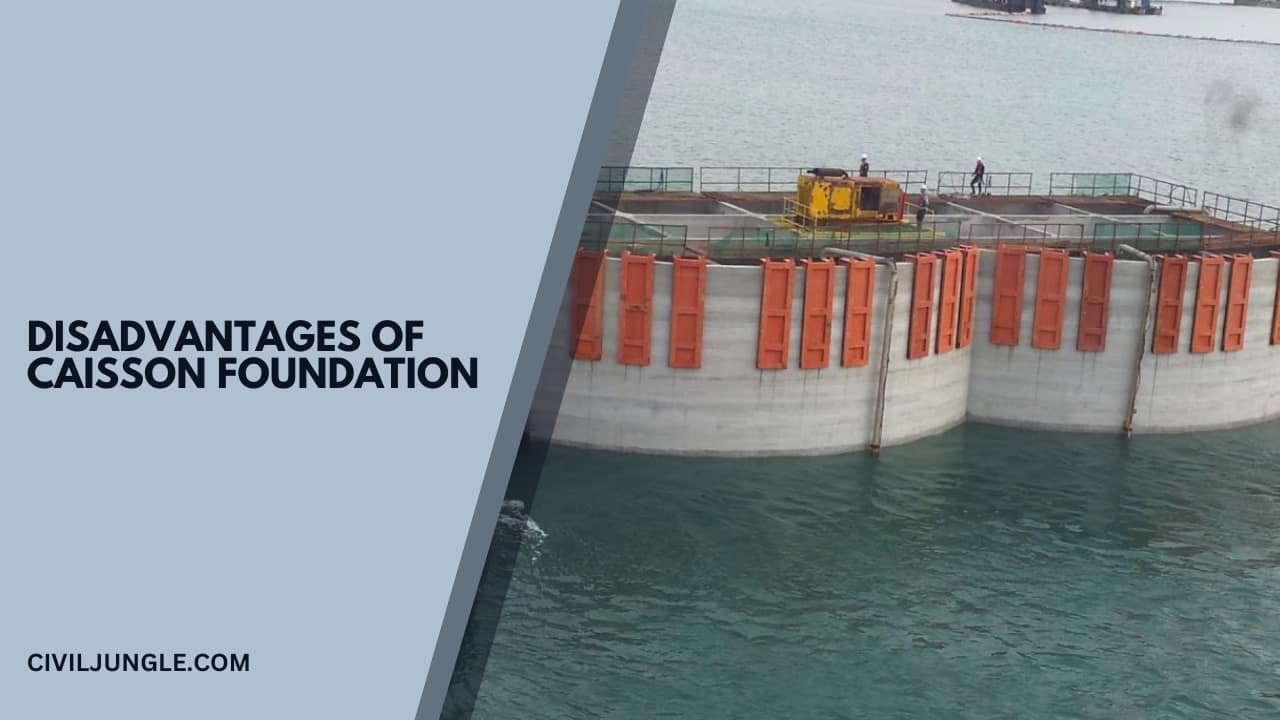
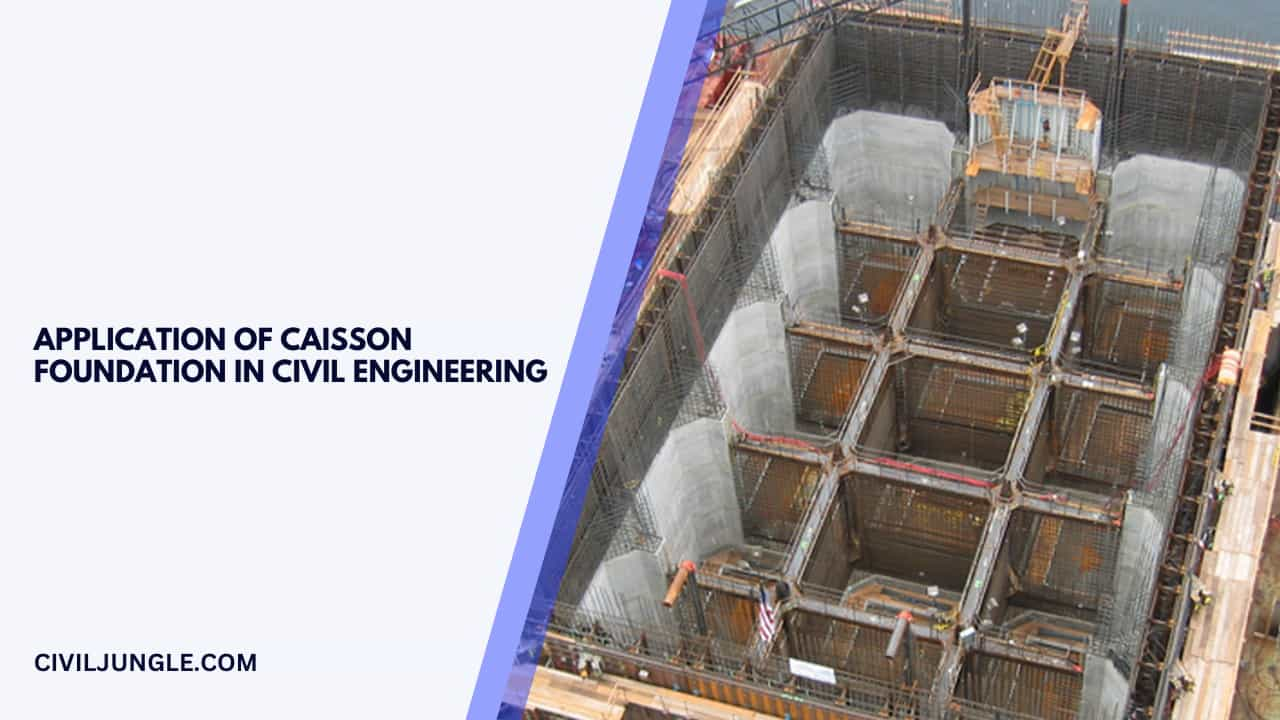
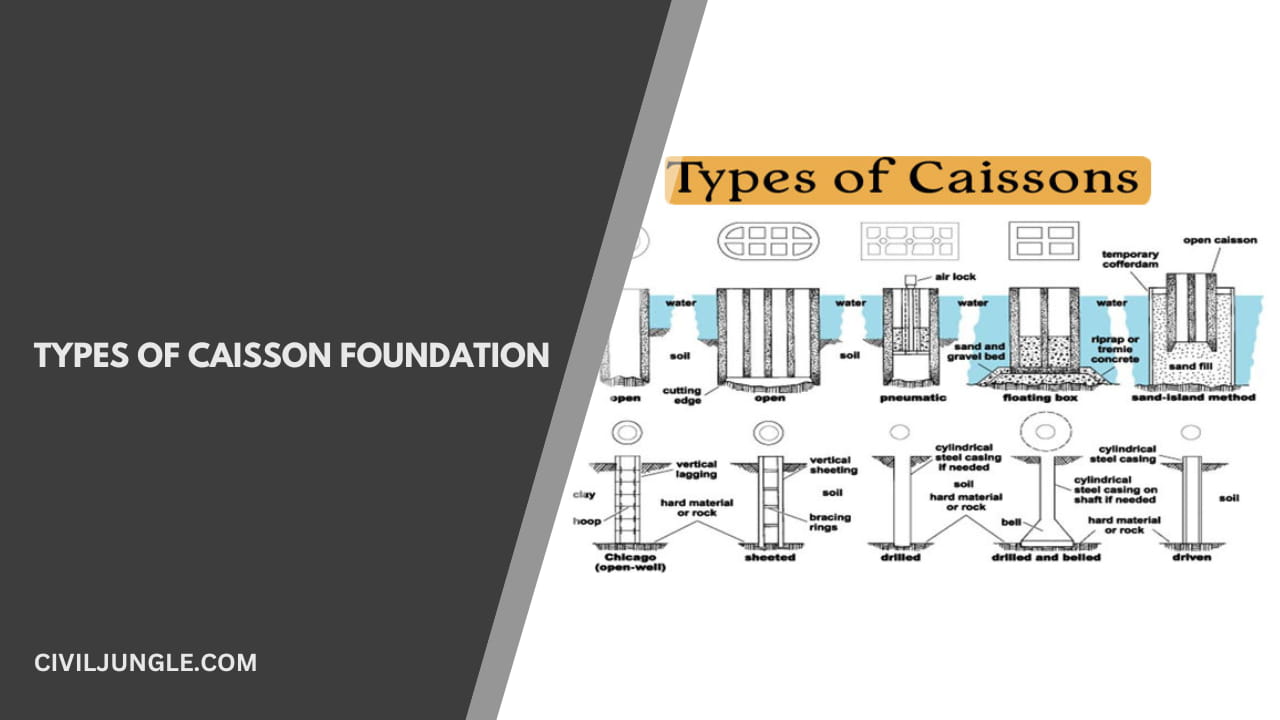
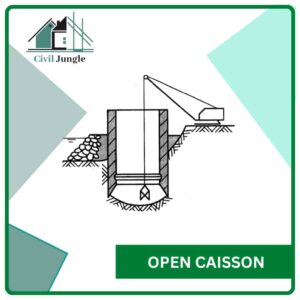
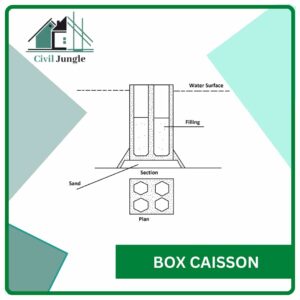
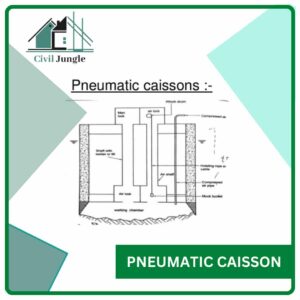
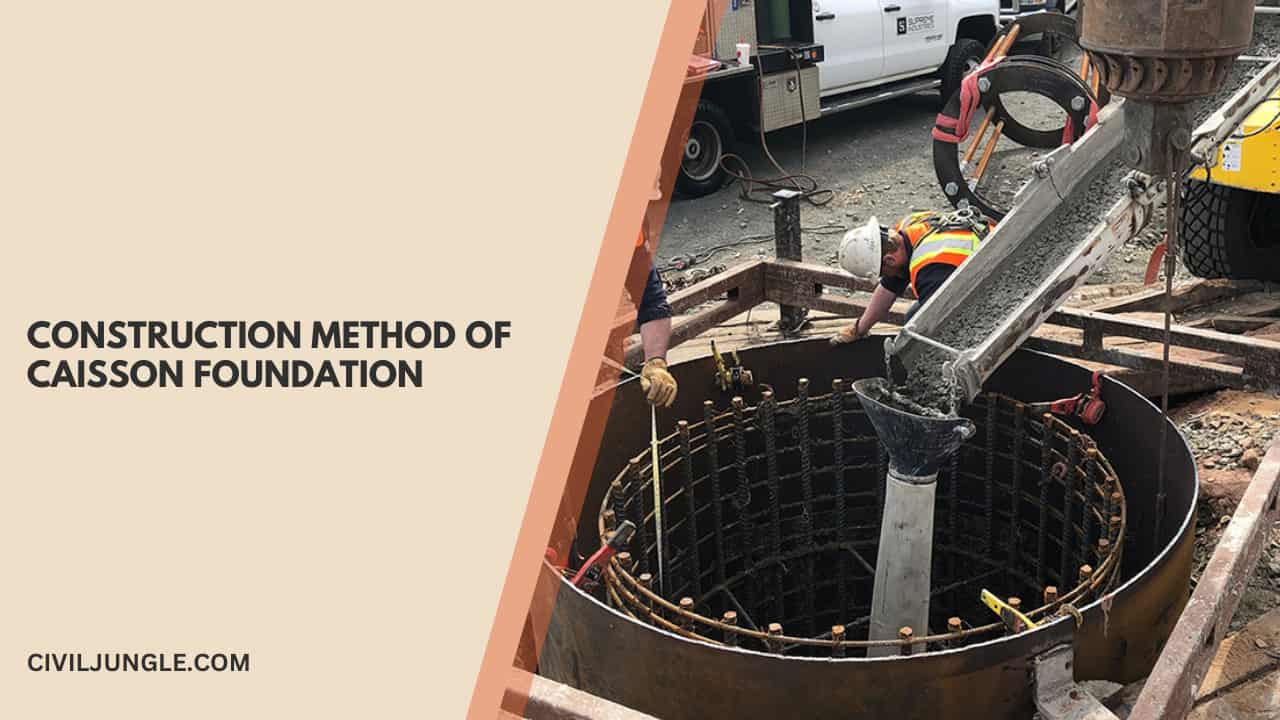

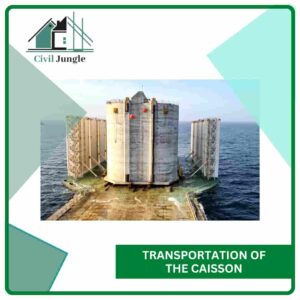
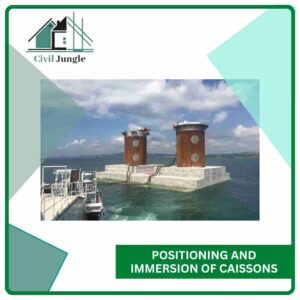

Leave a Reply